#Nkisi
Explore tagged Tumblr posts
Text

Nkisi
99 notes
·
View notes
Text
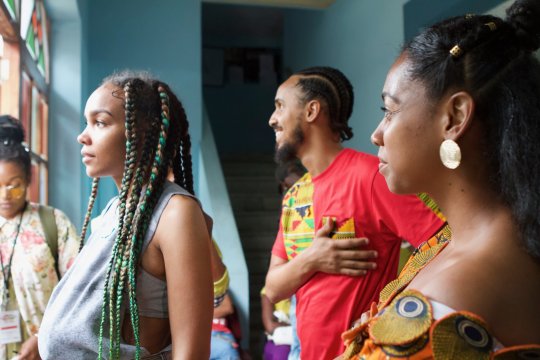
According to Dr. Yvonne Chireau, "Hoodoo is an African American-based tradition that makes use of natural and supernatural elements in order to create and effect change in the human experience."
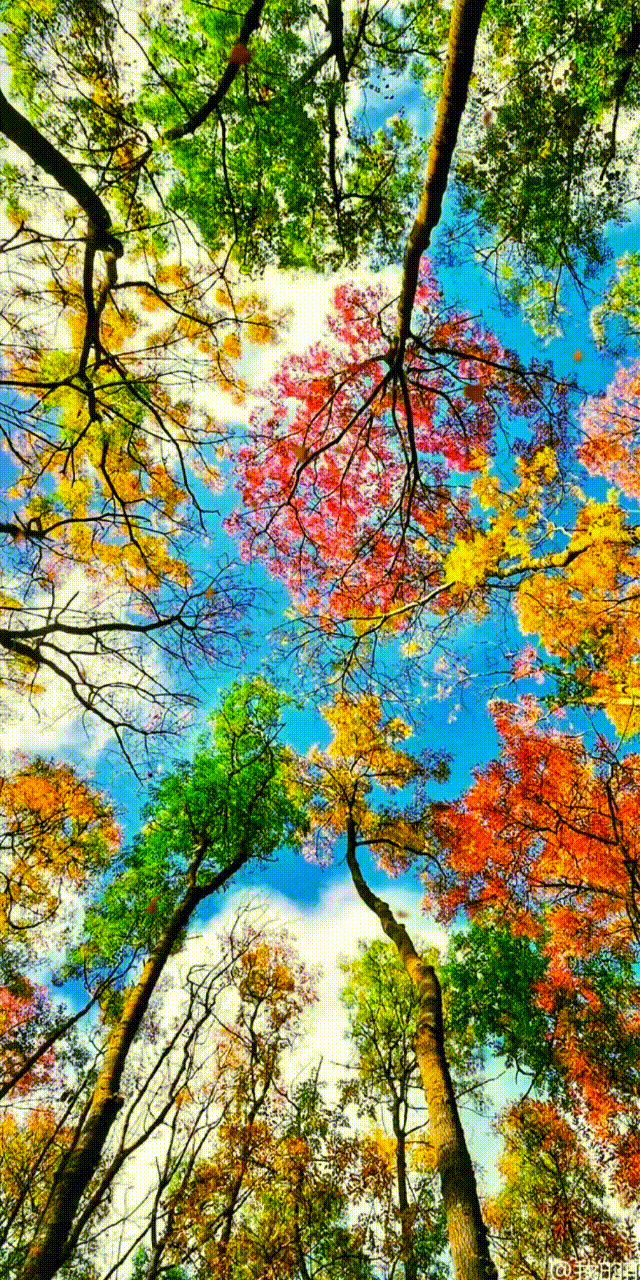
Hoodoo was created by African Americans, who were among over 12 million enslaved Africans from various Central and West African ethnic groups being transported to the Americas from the 16th to 19th centuries (1514 to 1867) as part of the transatlantic slave trade. The transatlantic slave trade to the United States occurred between 1619 and 1808, and the illegal slave trade in the United States occurred between 1808 and 1860. Between 1619 and 1860 approximately 500,000 enslaved Africans were transported to the United States.
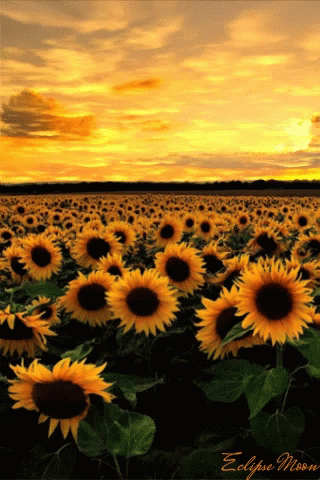
From Central Africa, Hoodoo has Bakongo magical influence from the Bakongo religion incorporating the Kongo cosmogram, Simbi water spirits, and Nkisi and Minkisi practices. The West African influence is Vodun from the Fon and Ewe people in Benin and Togo following some elements from the Yoruba religion. After their contact with European slave traders and missionaries, some Africans converted to Christianity willingly, while other enslaved Africans were forced to become Christian which resulted in a syncretization of African spiritual practices and beliefs with the Christian faith.
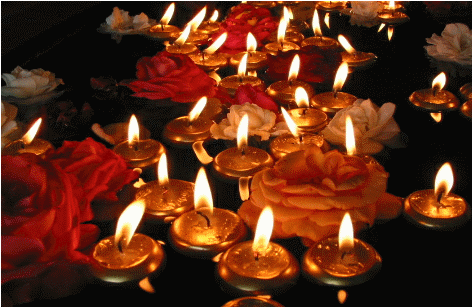
Enslaved and free Africans learned regional indigenous botanical knowledge after they arrived to the United States. The extent to which Hoodoo could be practiced varied by region and the temperament of the slaveholders. For example, the Gullah people of the coastal Southeast experienced an isolation and relative freedom that allowed retention of various traditional West African cultural practices. Gullah people and enslaved African-Americans in the Mississippi Delta, where the concentration of slaves was dense, Hoodoo was practiced under a large cover of secrecy. The reason for secrecy among enslaved and free African Americans was that slave codes prohibited large gatherings of enslaved and free African people. Slaveholders experienced how slave religion ignited slave revolts among enslaved and free African people, and some leaders of slave insurrections were African ministers or conjure doctors
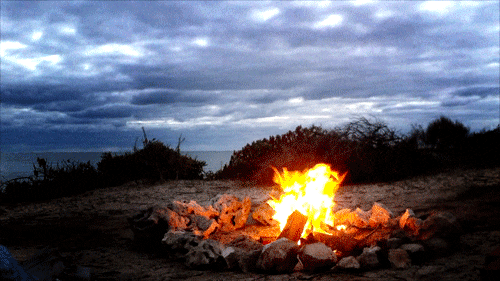
#african#afrakan#kemetic dreams#africans#brownskin#afrakans#brown skin#african culture#afrakan spirituality#bakongo#congo#conjure#ancestor veneration#rootwork#hoodoo#nkisi#simbi#botanical#botanic garden#gullah#gullah geechee#gullah gullah island#mississippi#mississippi delta#slave codes#vodun#cosmogram#yoruba#america#african american
212 notes
·
View notes
Text

Omega Radio for February 17, 2025; #397.
Jonus Eric: "Shapeshift"
Kamixlo: "Combe"
Nkisi: "Nzinzanzo"
Ben Frost: "A Sharp Blow In Passing"
Scarper: "Metadub"
Four Tet: "Loved"
Not Waving: "Rolling In Thoughts"
Skee Mask: "Session Add"
Akkord: "Channel Drift"
Russell Haswell: "James Ruskin Amalgamation"
Sote: "afrcnrngsspxcaspian"
Slikback: "Data"
Deluxe electronics returns.
#omega#music#playlists#electronics#Jonus Eric#Kamixlo#Nkisi#Ben Frost#Scarper#Four Tet#Not Waving#Skee Mask#Akkord#Russell Haswell#Sote#Slikback
6 notes
·
View notes
Text

Pombagira by Kypris Aquarelas 🔱
Pombagiras are one kind of ancestors or spirit guides present in afrobrazilian religions like Umbanda and Candomblé. They represent and are the spirits of women, especially those who were persecuted and often forced to recede into the margins of society.
They are the strong wind that comes down the mountains, the ancestral spirits who own the crossroads, the pathways, queens of the souls, ladies of the night and magic.
Pombagiras are Ngangas, Pombagiras are Exú-Mulher! 🔱
As for the word "pombagira", also written as pombogira, bombojira, pombajira and in many other ways, it's probably a corruption of "Pambu Njila", one of the Nkise (deities) of the Bantu people (Congo/Angola) similar to the Orixá Exú. Pambu Njila is worshiped in Brazil in the Candomblé Angola as the deity of pathways and crossroads, he is the intermediary between human beings and the Minkise (deities). Over time, in Brazilian lands, these ancestral spirit guides gained the name Pombagiras, as they share the streets, paths, sexuality and crossroads as areas of activity with the Nkise Pambu Njila.
_____________________
Pombagiras são um tipo de ancestrais ou espíritos guia presentes em afroreligiões como Umbanda e Candomblé. Elas representam e são os espíritos de mulheres, principalmente aquelas que foram perseguidas e forçadas às margens da sociedade.
Elas que são a ventania que vem descendo a serra, espíritos ancestrais donas das encruzas, dos caminhos, rainha das almas, senhoras da noite e da magia.
Pombogira é Maria, é Padilha, é Quitéria, é da Kalunga, é Mulambo, é Cigana, é Dama da Noite, é das Setes Encruzilhadas, é Rosa Encarnada, é da Praia, é das Sete Saias.
Pombagira é Nganga, Pombagira é Exú-Mulher! 🔱
"Ela gira no ar, ela gira na praça, ela gira na rua Ê ê ê Ela canta, ela dança, ela vive sorrindo em noite de lua Ê ê ê Ela é sincera, ela é de verdade Mas cuidado amigo que ela não gosta de falsidade"
A palavra "pombagira", também escrita como pombogira, bombojira, pombajira e de tantas outras formas, é provavelmente uma corruptela de "Pambu Njila", um dos Nkise (divindade) do povo bantu (Congo/Angola) semelhante ao Orixá Exú. Pambu Njila é cultuado no Brasil no Candomblé de Angola como senhor dos caminhos e das encruzas, é o intermediário entre o ser humano e os Minkise (divindades). Com o passar do tempo, em terras brasileiras, esses espíritos-ancestrais-guias ganharam o nome de Pombagiras, já que compartilham com o Nkise as ruas, os caminhos, a sexualidade e as encruzilhadas como áreas de atuação.
#watercolours#watercolor#arte#aquarelle#art#illustration#religion#umbanda#candomblé#folk catholicism#terecô#spirit guide#exu#eshu#pombogira#pombagira#pambu njila#orixá#nkise#nkisi#orisha#afrobrazilian#afrobrasileiro#paganism#witchcraft#witch#witches#witchcore#magick#magic
34 notes
·
View notes
Text

✨18th Century Nkisi bundle found in Newport, Rhode Island
🌿Hi everyone! I wanted to share with you all this article of a historical example of African religion and spirituality in colonial New England. This is a 1700s religious Nkisi bundle more than likely owned by an enslaved African man named CARDADO WANTON who was trafficked to New England in the 18th century.
“A Nkisi Bundle Was Found in a Historic Newport Home - But What Is It, Exactly?”
💙 “In 2005, representatives of the Newport Historical Society working on the Wanton-Lyman-Hazard House found a bundle of items concealed beneath an attic floorboard.”
“The items, known collectively as an nkisi bundle, were likely owned by Cardardo Wanton and held spiritual significance for their owner, a man enslaved by the Wanton family in the late eighteenth century.”
“Nkisi (and its plural, minkisi) comes from a Bantu word loosely meaning ‘to take care’ and often includes buttons, nails, cowrie shells and other household items. They take the form of figures or bundles and played a role in connecting enslaved people of African descent with their ancestors. ‘It reminded them of their humanity in a world that told them constantly and consistently that they were not human,’ de Barros Gomes says.”
This along with other items are on display until 2026 as part of the “Entwined: Freedom, Sovereignty and the Sea,” at the Mystic Seaport Museum in Mystic, Connecticut.
“Entwined: Freedom, Sovereignty and the Sea” is a major maritime exhibition centering maritime histories of Indigenous, African, and African-descended worldviews and experiences in New England.
#hoodoo#rootwork#afrowitch#conjure#historical resources#New England hoodoo#cardado wanton#hoodoo in New England#slavery#colonial New England#nkisi#minkisi#Black witch#3#espiritismo
7 notes
·
View notes
Text


Kraftwerk, Berlin
Atonal Festival 2024, « Transcriptions », with Family N’diaye Rose, LABOUR, Lamin Fofana, Nkisi & Shackleton.
#festival#atonal#Berlin#kraftwerk#photography#scenography#industrial#music#experimental#lights#laser#visual arts#contemporary music#art#lamin fofana#LABOUR#Nkisi#shackleton#N’diaye rose
2 notes
·
View notes
Text

Bakongo People with an Nkisi
4 notes
·
View notes
Text
"Meu Tata Kitembu me deu uma bandeira..."
-Angola Candomblé chant.
What is a nkisi?
A nkisi (pl. minkisi), in it's African sense, is an object inhabitaded by a spirit and the spirit itself. Most minkisi we see are antropomorphic statues, with several nails and other objects driven into them, all imbued with magical properties, to seal pacts, or to seek justice.
In Brazil, the term "nkisi" changed to mean a deity, typically a nature spirit, that is honored by the Angola Candomblé. More specifically, the Bantu deities.
After decades of syncretism, the Minkisi started to take form of Orishas and Voduns, mixing and incorporating Their myths, aspects and creating new deities in this process. Thus, the Brazilian Minkisi got their current cultus.
Some Brazilian Minkisi can be traced back to Africa, while other, due to being recent or having small villages as their original cultus, cannot. That doesn't make any of Them any less valid than the other.
Brazilian Cultus
The Brazilian cultus involves dancing, chanting, offerings and deity possession. In-temple public cerimonies are always followed by the Minkisi possessing some of their followers, dancing and in the process, bestowing blessings upon the community. Nkisi possession does not occur outside temples and cerimonies except in very specific cases.
#nkisi#witches of tumblr#witchcraft#pagan witch#pagan worship#orishas#african diaspora#afro witch#witchblr
15 notes
·
View notes
Text
FEBRUARY 17, 2025 (#397)

Jonus Eric: "Shapeshift" Kamixlo: "Combe" Nkisi: "Nzinzanzo" Ben Frost: "A Sharp Blow In Passing" Scarper: "Metadub" Four Tet: "Loved" Not Waving: "Rolling In Thoughts" Skee Mask: "Session Add" Akkord: "Channel Drift" Russell Haswell: "James Ruskin Amalgamation" Sote: "afrcnrngsspxcaspian" Slikback: "Data"
It's the end of our Winter broadcasting season, and we're here to close it out with a deluxe edition we haven't visited in quite a while. Electronics and rhythmic noise is back after a haitus, and is a perfect fit for the cold Winter weather our listeners are having. Our annual end-of-the-year Winners broadcasts, darkness shows, and bonus Christmas special means we had a perfect cold broadcasting season on the grid.
March 3, 2025 starts a new Spring broadcast season, where we revert to the usual suspects of everything new, current, and favorite sounds and artists happening right now. For real-time listens and finds, visit us at @omegaremix and see if your favorites are heard. Thank to all of our listeners, followers, and supports of ours and WUSB. Stay tuned and we'll see you soon.
March 3, 2025 (3AM EST): first Spring '25 Omega
March 17, 2025 (3AM EST): deluxe Omega
March 31, 2025 (3AM EST): deluxe Omega; #400
April 14, 2025 (3AM EST): deluxe Omega
April 28, 2025 (3AM EST): deluxe Omega
May 12, 2025 (3AM EST): deluxe Omega
May 25, 2025 (3AM EST): final Spring '25 Omega
#omega#music#playlists#Kamixlo#Nkisi#Ben Frost#Four Tet#Skee Mask#Akkord#Russell Haswell#Sote#Slikback
0 notes
Text
Pretty sure that the small figure held by the spirit is a nkisi nkondi (plural is minkisi mikondi). For those unfamiliar with them, they're a type of minkisi, and are generally meant to enforce oaths and punish wrongdoers. They can also cause or cure disease, which is one of the ways they punish oathbreakers. Minkisi (minkondi or otherwise) are objects inhabited by spirits. Look em up, they're neat.
Overall, really nice composition, looks cool.
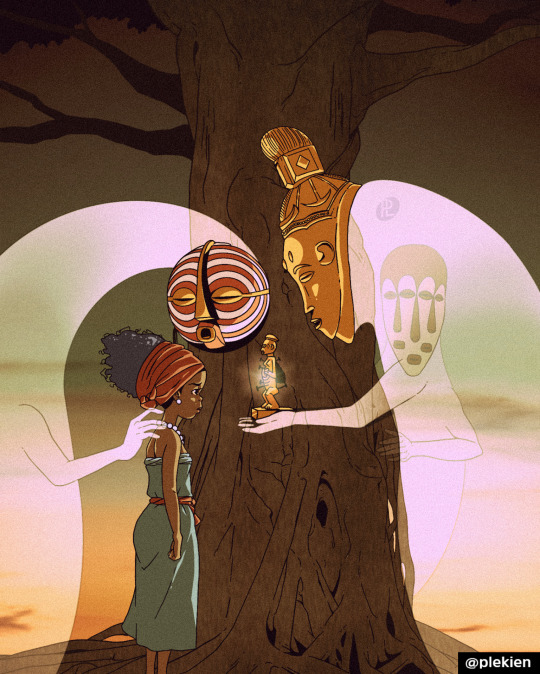
Spirited to Africa III
By @plekien on Instagram
1K notes
·
View notes
Audio
NKISI - The Altar
30 notes
·
View notes
Text
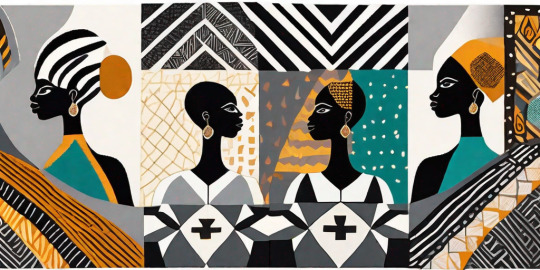
Bakongo spiritual protections influenced African American yard decorations. In Central Africa, Bantu-Kongo people decorated their yards and entrances to doorways with baskets and broken shiny items to protect from evil spirits and thieves.
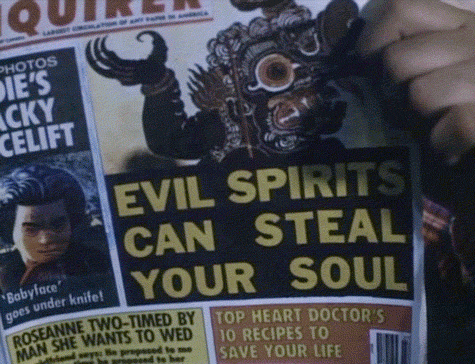
This practice is the origin of the bottle tree in Hoodoo. Throughout the American South in African American neighborhoods, there are some houses that have bottle trees and baskets placed at entrances to doorways for spiritual protection against conjure and evil spirits.
In addition, nkisi culture influenced jar container magic. An African American man in North Carolina buried a jar under the steps with water and string in it for protection. If someone conjured him the string would turn into a snake. The man interviewed called it inkabera

#inkabera#nkisi#hoodoo#african american#african traditional religions#kongo#bantu#central africa#north carolina#bottles#african#afrakan#kemetic dreams#africans#brownskin#afrakans#african culture#afrakan spirituality#glass#dishware#wood#glassware#hearts
237 notes
·
View notes
Text














Nkisi @ OUT.FEST - 04.10.2024 © Nuno Bernardo
0 notes
Link
2022/2023 DJ sets Boiler Room.
1. KILIMANJARO — live from London. Jul 29, 2022
2. TAAHLIAH | Boiler Room Manchester: Teletech Aug 10, 2022
3. Taylah Elaine | Boiler Room Amsterdam: Jan 25, 2023
4. 100 gecs | Boiler Room: Los Angeles Mar 25, 2023
5. Nkisi | Boiler Room Paris: InfiniteFX Mar 29, 2023
#Boiler Room#Kilimanjaro#Taahliah#100 gecs#Nkisi#London UK#Manchester UK#Los Angeles#Paris#Paris France#Music
1 note
·
View note
